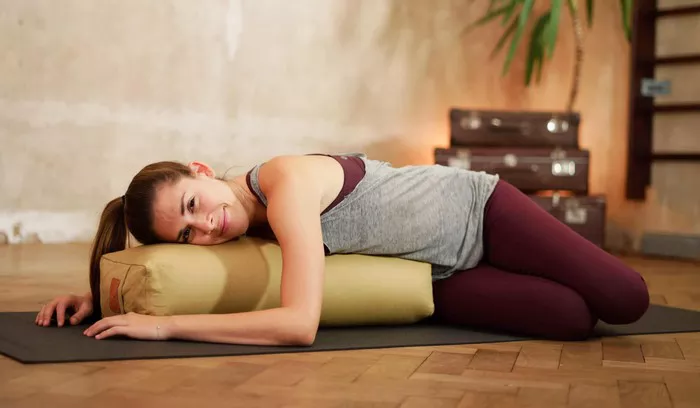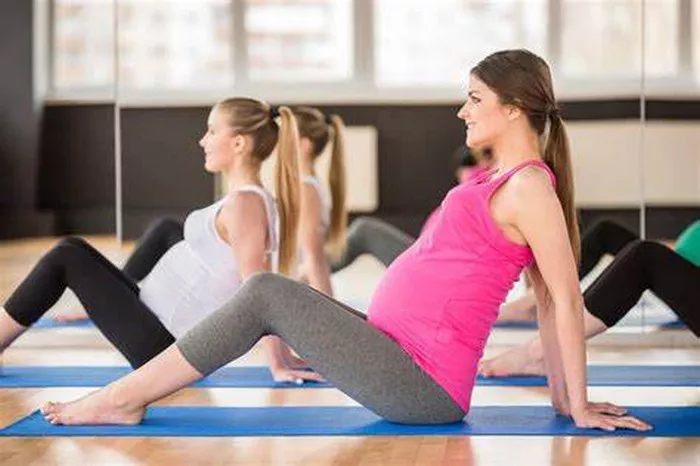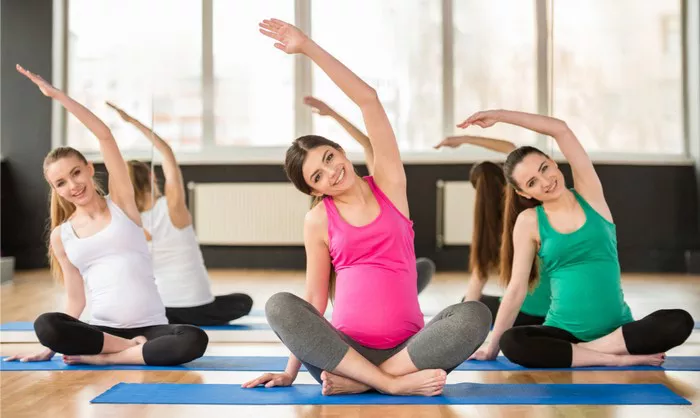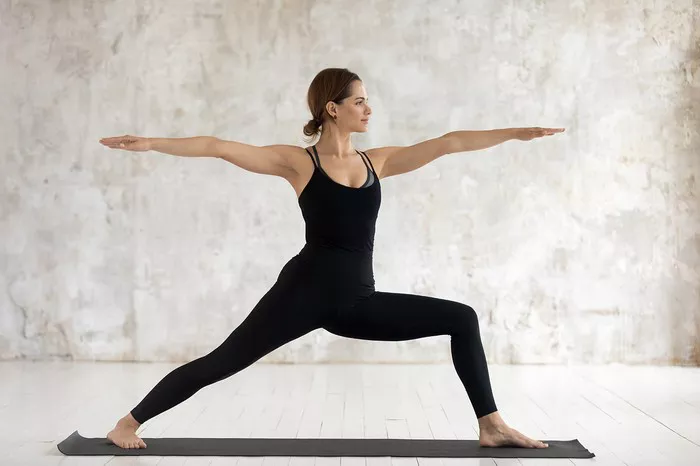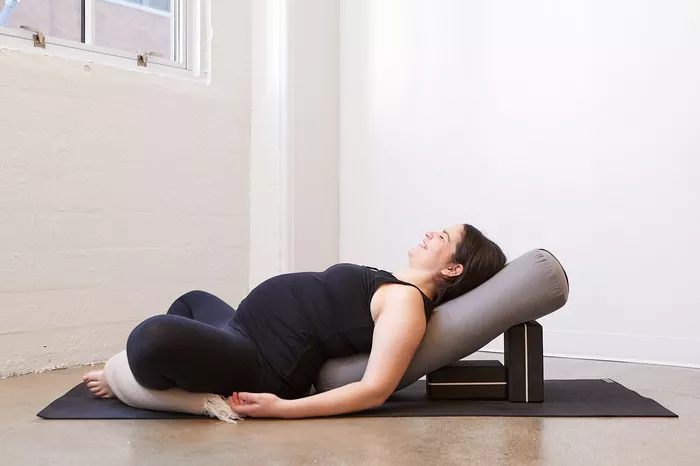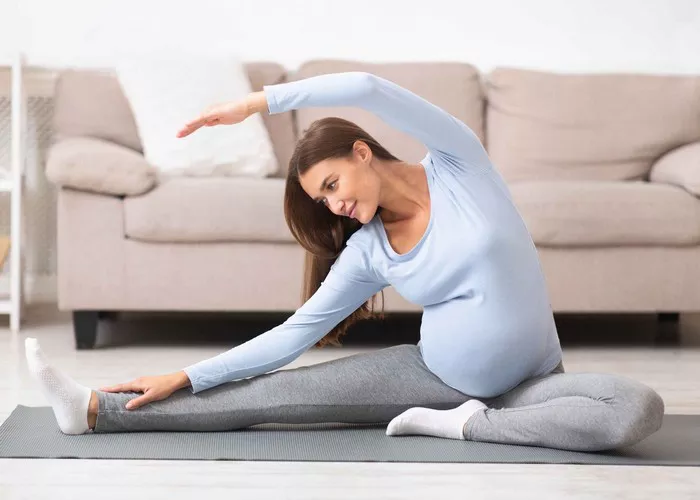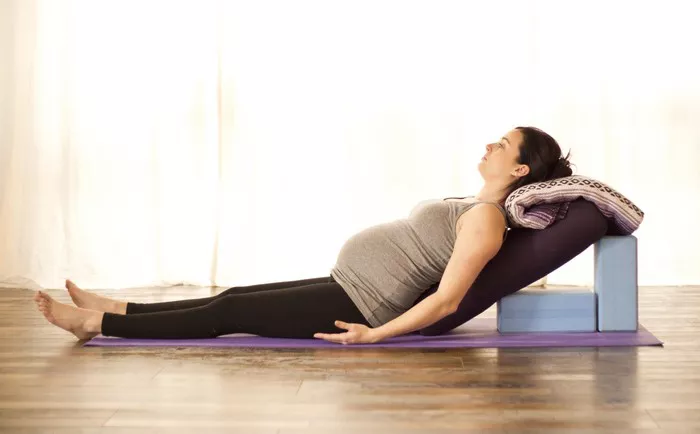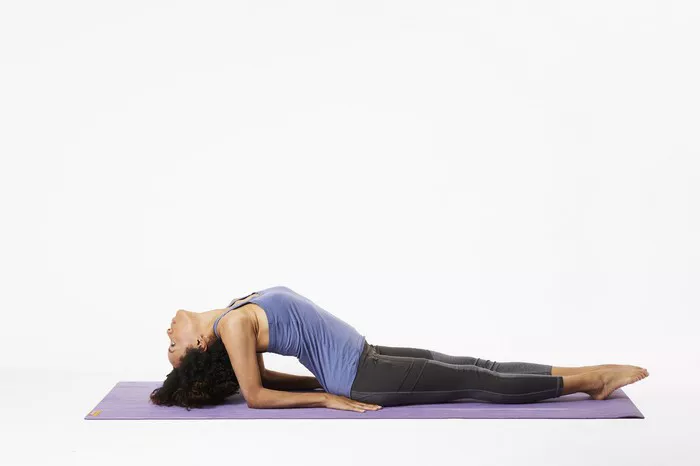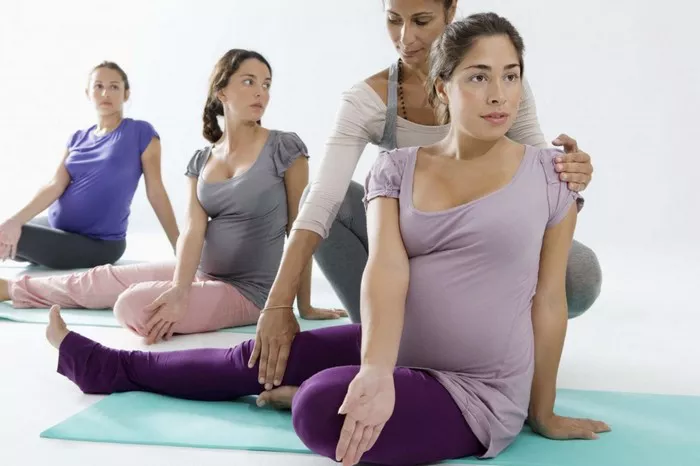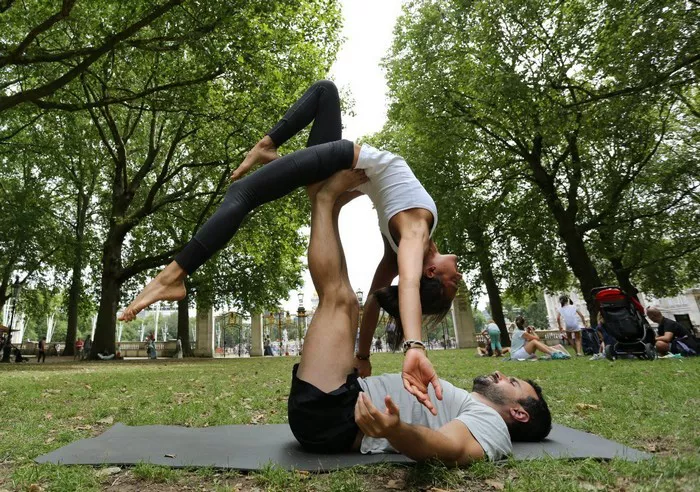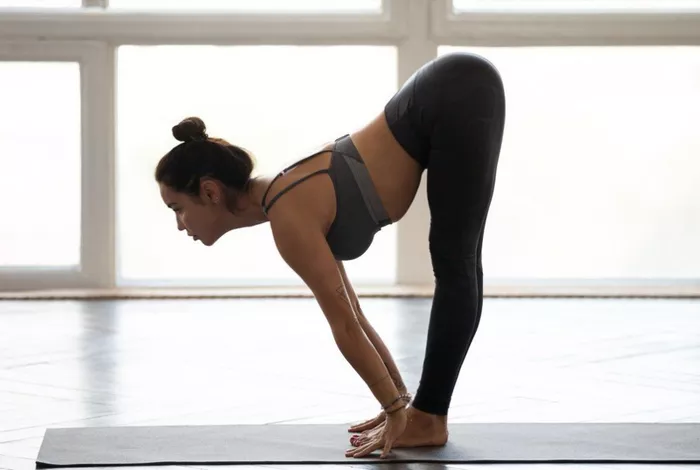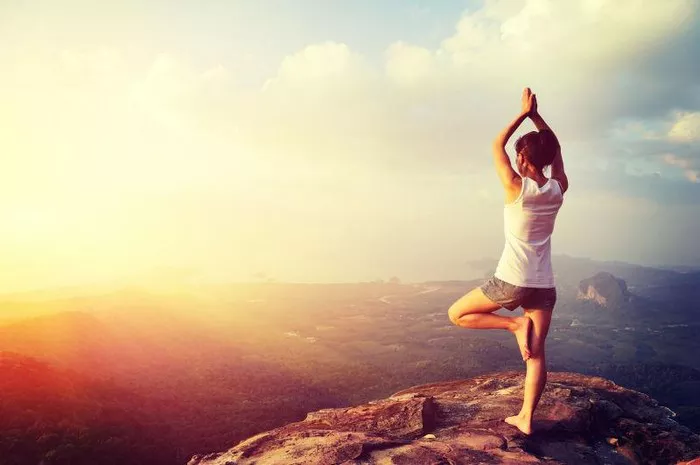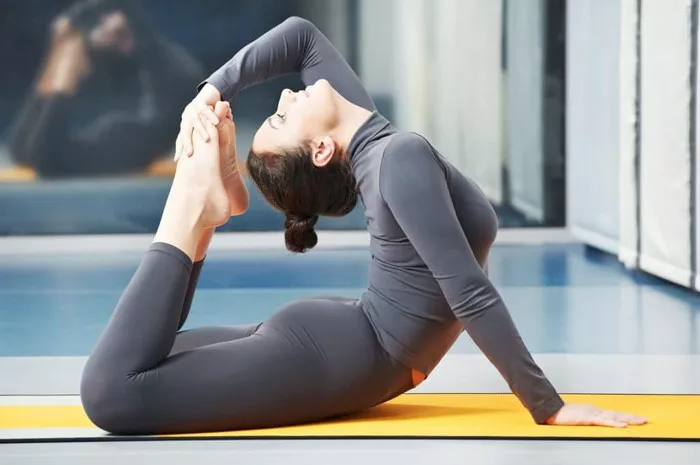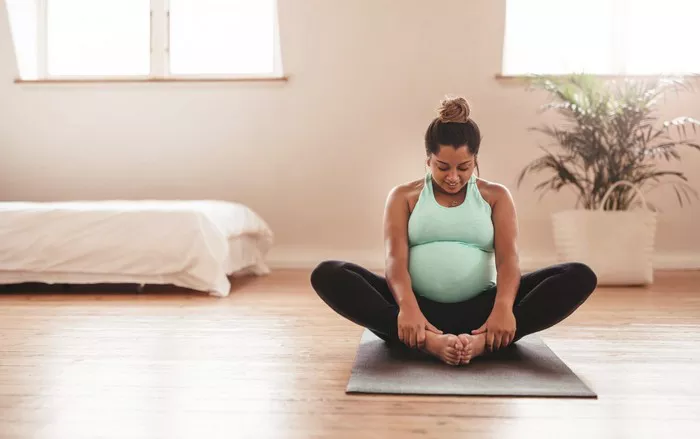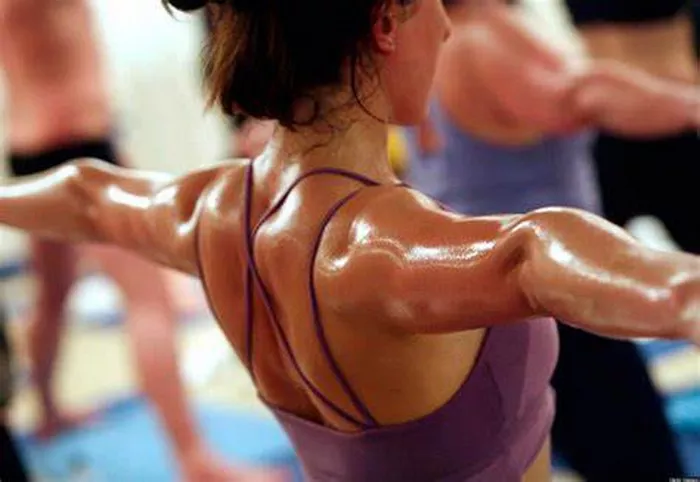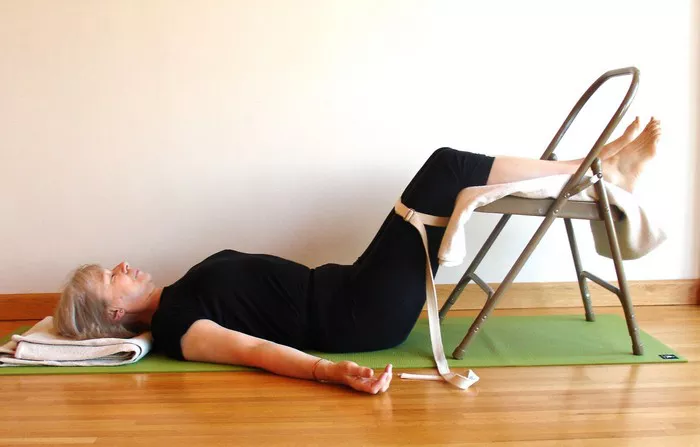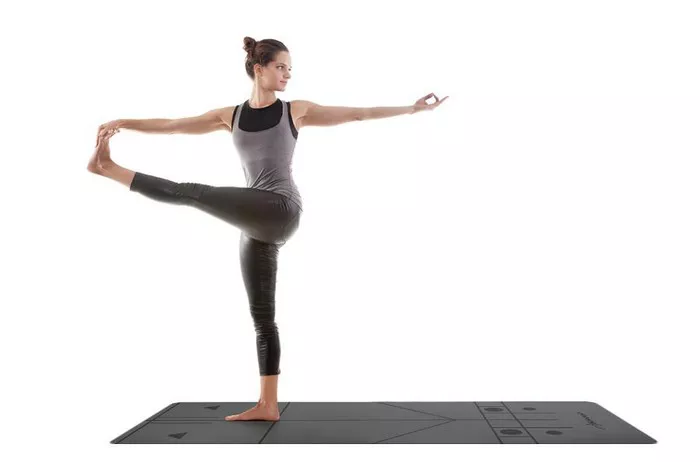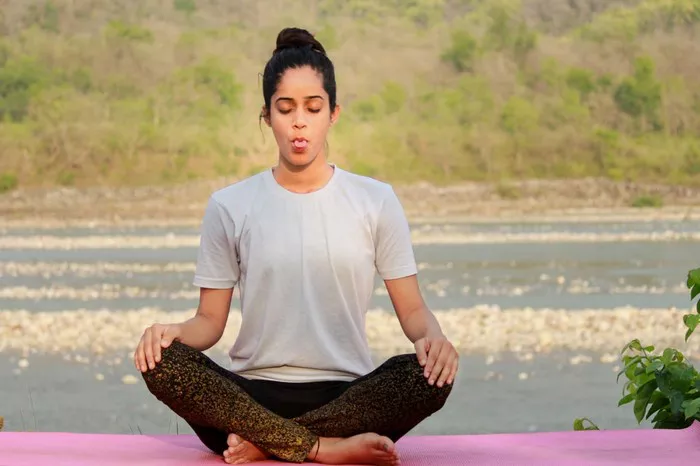The Cat-Cow Pose, known as Marjaryasana-Bitilasana in Sanskrit, is a common yet powerful yoga pose that combines two distinct movements: rounding and arching the spine. As a foundation for many yoga sequences, it is often used in the warm-up stage, preparing the body for deeper stretches and postures. However, the benefits of this simple, fluid motion go far beyond just warming up. It’s a posture that is not only gentle but incredibly effective for increasing spinal flexibility, improving posture, and promoting overall well-being.
In this article, we’ll explore what the Cat-Cow Pose is good for, how it benefits the body and mind, and why it’s a great practice for yoga practitioners at any level.
Understanding the Cat-Cow Pose
Before diving into the benefits of the Cat-Cow Pose, it’s important to understand the mechanics of the movement.
The Cat Pose (Marjaryasana)
In the Cat Pose, you begin on all fours, with your hands placed directly beneath your shoulders and your knees aligned with your hips. In this position, you round your spine, bringing your chin to your chest and tucking your tailbone toward your pelvis. This creates a curve in your back, resembling a cat stretching and arching its back.
The Cow Pose (Bitilasana)
From the Cat Pose, you smoothly transition into the Cow Pose. In the Cow Pose, you lift your chest, drop your belly towards the floor, and arch your back in the opposite direction. You look up gently, lifting your gaze toward the ceiling and allowing your chest to expand.
These two movements are typically synchronized with your breath: as you inhale, you move into the Cow Pose (arching your back), and as you exhale, you move into the Cat Pose (rounding your back). The fluid transition between the two poses mimics the movements of a cat and a cow, hence the name.
The Key Benefits of Cat-Cow Pose
1. Enhances Spinal Flexibility
One of the most significant benefits of the Cat-Cow Pose is its ability to improve spinal flexibility. The movements of rounding and arching the spine help increase the mobility of the vertebrae, promoting a supple spine.
Cat Pose stretches the muscles along the back, promoting flexibility in the spinal column.
Cow Pose strengthens the muscles in the front of the body while stretching and opening up the chest and abdomen.
When practiced regularly, this movement can help prevent stiffness and tension in the spine, which is especially beneficial for those who spend long hours sitting at a desk or engaging in sedentary activities.
2. Improves Posture
Regular practice of the Cat-Cow Pose helps strengthen and align the muscles of the back, shoulders, and neck. When these muscles are engaged and elongated, it supports better posture, especially when sitting or standing.
The Cat Pose engages the upper back and shoulders, which can help to reduce the tendency of slouching, while the Cow Pose opens up the chest and encourages a more natural curve of the spine. Together, these movements promote spinal alignment and help correct poor posture habits, which can reduce the risk of chronic pain or discomfort.
3. Relieves Tension in the Neck, Shoulders, and Back
The Cat-Cow Pose is particularly beneficial for releasing tension in the upper body. If you experience tightness in your neck, shoulders, or lower back, the flowing movements of this pose can help alleviate discomfort.
Cat Pose helps to release tension in the neck, back, and hips by stretching and decompressing the spine.
Cow Pose provides an opening for the chest and strengthens the muscles in the neck and upper back.
This gentle movement can be particularly helpful for those who suffer from tension headaches or stiffness due to poor posture or prolonged sitting. It also serves as a natural stress reliever, as it promotes the release of muscle tightness and enhances blood circulation.
4. Stimulates the Digestive System
The Cow Pose (with its expansion of the chest and abdominal region) and the Cat Pose (with its rounding and contraction) stimulate the digestive organs, such as the stomach and intestines.
The back-and-forth movement can help increase blood flow to these areas, improving digestion and overall gastrointestinal function. Regular practice of Cat-Cow Pose can be particularly beneficial for people who experience bloating, constipation, or digestive discomfort. It helps to encourage healthy digestion by promoting better circulation and gentle massaging of the internal organs.
5. Strengthens Core Muscles
The core muscles, which include the abdominals, obliques, and lower back, play a crucial role in maintaining balance and stability in the body. The Cat-Cow Pose can help engage and strengthen these muscles.
Cat Pose engages the core by drawing the belly button toward the spine, activating the deep abdominal muscles.
Cow Pose strengthens the lower back and improves the alignment of the core muscles.
As you flow between these two movements, you activate and engage the muscles that stabilize the spine and pelvis. Over time, this can lead to a stronger and more balanced core.
6. Improves Breath Awareness and Lung Capacity
In the Cat-Cow Pose, breath and movement are closely linked. The practice of coordinating breath with movement helps to enhance awareness of the breath, which is vital for improving lung capacity and overall respiratory function.
Inhaling during Cow Pose helps to open the chest, expanding the lungs and improving oxygen intake.
Exhaling during Cat Pose promotes a full exhalation, allowing the body to release carbon dioxide more efficiently.
By practicing this rhythmic breathing pattern, you develop better breath control, which can be beneficial both on and off the mat. It encourages deeper, more mindful breathing, which can reduce stress and promote relaxation.
7. Relieves Lower Back Pain
Lower back pain is a common issue, particularly among those who spend long periods sitting or standing. The Cat-Cow Pose offers a gentle, low-impact way to stretch and strengthen the muscles that support the lower back.
Cat Pose helps to lengthen the spine and stretch the muscles of the lower back, alleviating tension.
Cow Pose strengthens the muscles along the spine, which helps to support the lower back and prevent future strain.
The combination of these two movements promotes flexibility and strength in the lower back, which can help alleviate existing discomfort and reduce the risk of future injury.
8. Improves Balance and Coordination
Although the Cat-Cow Pose is a relatively simple movement, it can help improve balance and coordination. The alternating movements of arching and rounding the spine require a degree of body awareness and coordination.
As you practice the flow between Cat and Cow, you develop a better sense of spatial awareness, improve your balance, and increase your ability to coordinate your body movements with your breath. This heightened awareness can translate to better balance and coordination in other yoga postures and daily activities.
9. Reduces Stress and Anxiety
The smooth, flowing movements of the Cat-Cow Pose have a calming effect on the body and mind. This posture is often used as a stress-relieving exercise in yoga sequences because it helps to calm the nervous system.
By synchronizing movement with breath, you activate the parasympathetic nervous system, which promotes relaxation and reduces the production of stress hormones like cortisol. Regular practice can help to reduce feelings of anxiety, tension, and stress, creating a sense of calm and balance in both the body and the mind.
10. Warms Up the Body for Deeper Postures
As a warm-up pose, Cat-Cow is particularly effective in preparing the body for more challenging postures. The fluid motion helps to increase circulation, lubricate the joints, and stretch key muscle groups, which can help reduce the risk of injury during more advanced poses.
The combination of spinal flexibility and core engagement that Cat-Cow provides makes it an excellent preparatory posture for poses like Downward Dog, Warrior, and backbends.
Modifications and Variations
While the basic Cat-Cow Pose is accessible for most people, there are several variations and modifications that can make the pose more accessible or challenging depending on your needs:
Knee Padding: If you have sensitive knees, you can place a folded blanket or yoga mat beneath your knees for extra cushioning.
Hand Positioning: If it’s challenging to maintain a neutral wrist position, you can make fists with your hands or use yoga blocks beneath your hands to relieve wrist pressure.
Use of Props: Placing a block between your inner thighs or under your pelvis in the Cow Pose can help deepen the stretch or add support.
Adding Movement: You can add circular or figure-eight movements to the Cat-Cow flow to enhance the massage-like benefits of the movement.
Conclusion
The Cat-Cow Pose is a fundamental yoga posture that offers a wealth of benefits for both the body and mind. It is an excellent way to improve spinal flexibility, reduce tension, and support better posture. Whether you are a beginner or an advanced practitioner, the Cat-Cow Pose is an essential addition to any yoga practice. The gentle movement, synchronized with the breath, promotes relaxation, increases body awareness, and prepares the body for deeper yoga postures.
By incorporating the Cat-Cow Pose into your daily routine, you can experience its positive effects, from alleviating back pain to reducing stress. So, whether you’re looking for a warm-up exercise, a relaxation technique, or a way to improve your flexibility and posture, the Cat-Cow Pose is a simple yet powerful tool to support your overall well-being.
Related Topics:

